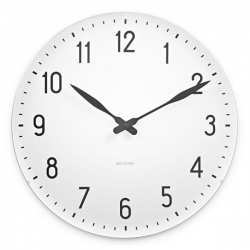Architectmade FJ Clock
가격
€661.16
The FJ Clock was designed as a part of the interior of the New York United Nation Trusteeship Council Chamber in 1950 and it captures the essence of Juhl’s design aesthetic.
The circular shape complementing the natural qualities of the teak wood and the numberless aluminum dial captures his flair for clever minimalism.
Teak wood
Diameter 25cm
Diameter 35cm
